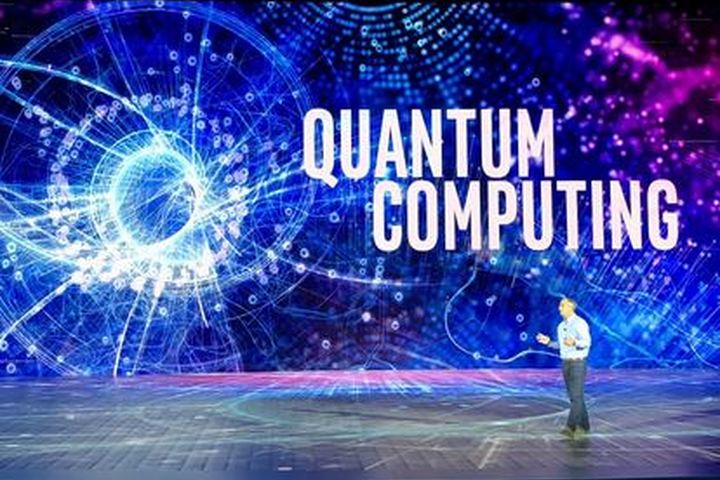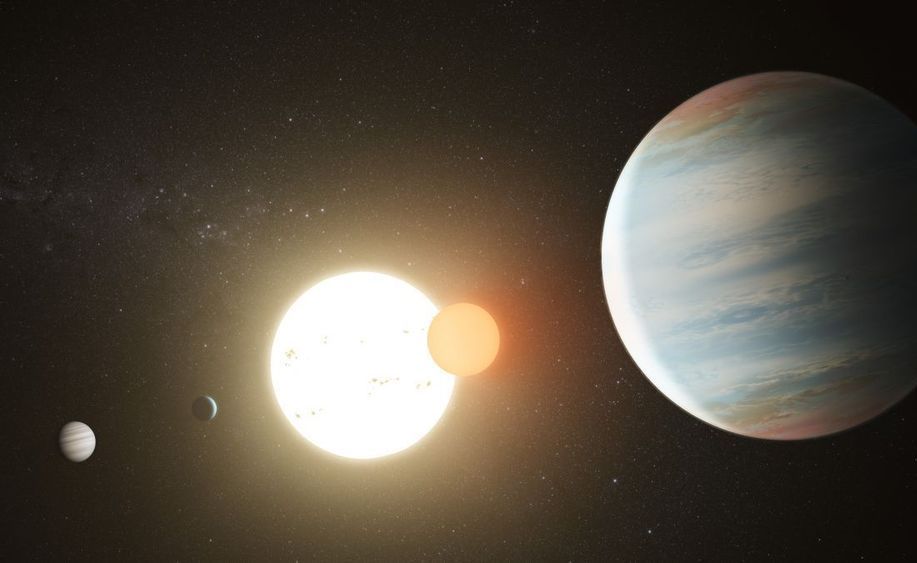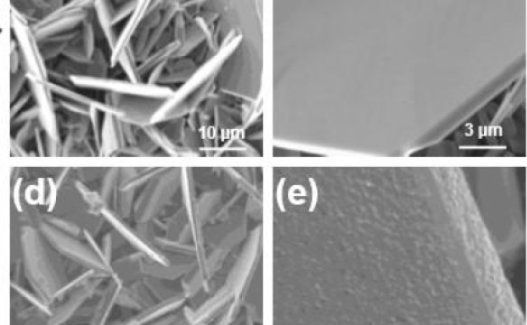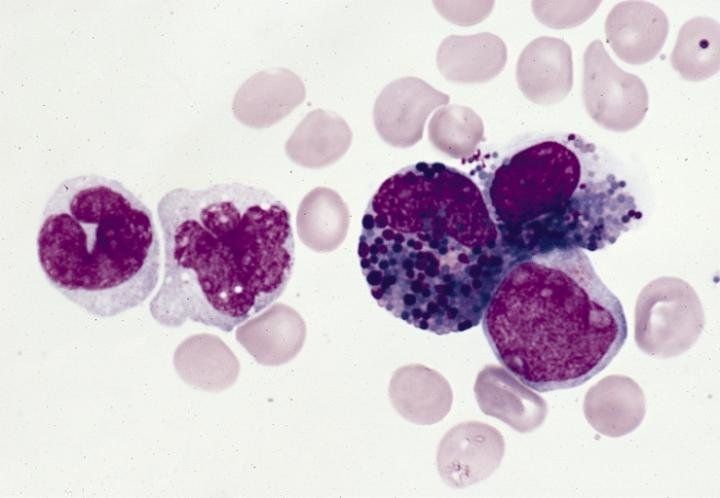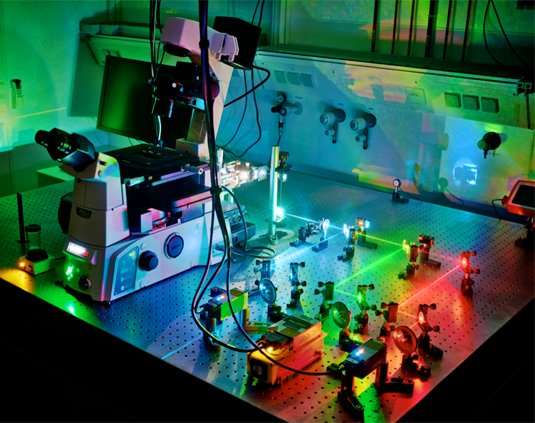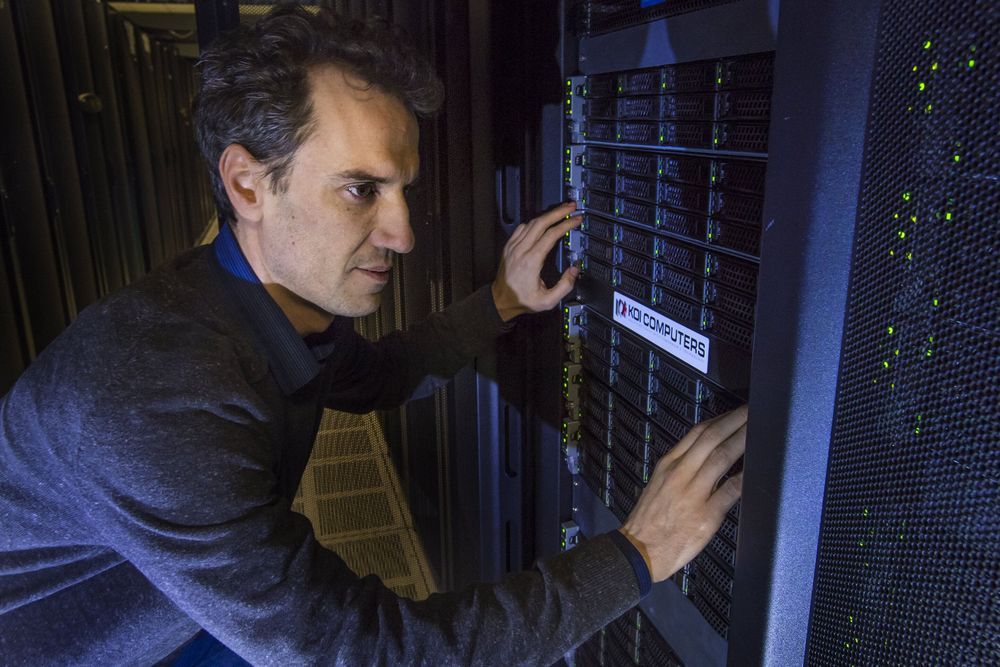Page 9287
Apr 17, 2019
Qualcomm Aims for Quantum AI Chips
Posted by Quinn Sena in categories: information science, quantum physics, robotics/AI
Qualcomm said it plans to begin testing its new Cloud AI 100 chip with partners such as Microsoft Corp later this year, with mass production likely to begin in 2020.
Qualcomm’s new chip is designed for what artificial intelligence researchers call “inference” – the process of using an AI algorithm that has been “trained” with massive amounts of data in order to, for example, translate audio into text-based requests.
Analysts believe chips for speeding up inference will be the largest part of the AI chip market.
Apr 16, 2019
Discovery! 3rd Planet Found in Two-Star ‘Tatooine’ Star System
Posted by James Christian Smith in category: space
Kepler-47 is a roughly 3.5-billion-year-old system located 3,340 light-years from Earth. One of its stars is quite sunlike, but the other is considerably smaller, harboring just one-third the mass of our sun. The two stars orbit their common center of mass once every 7.45 Earth days.
Back in 2012, Welsh and his colleagues, led by fellow SDSU astronomer Jerome Orosz, announced the discovery of two planets circling the two stars. These worlds, Kepler-47b and Kepler-47c, both have two suns in their skies, just like Luke Skywalker’s home planet of Tatooine in the “Star Wars” universe.
Apr 16, 2019
New discovery makes fast-charging, better performing lithium-ion batteries possible
Posted by James Christian Smith in categories: electronics, transportation
Creating a lithium-ion battery that can charge in a matter of minutes but still operate at a high capacity is possible, according to research from Rensselaer Polytechnic Institute just published in Nature Communications. This development has the potential to improve battery performance for consumer electronics, solar grid storage, and electric vehicles.
Apr 16, 2019
Scanning for cancer treatment
Posted by James Christian Smith in category: biotech/medical
Chemotherapy helps two out of three patients achieve remission. And recently, drug developers designed a new attack, one intended to target the patient’s malfunctioning genes, reclaim their hijacked cells, and halt growth. But this kind of drug development can result in more errors in trials, and can take years to get from lab to patient.
Now, in a paper published in Nature Chemical Biology, Harvard University Assistant Professor of Chemistry and Chemical Biology Brian Liau reveals why certain AML drugs only work some of the time. With his new technique, Liau and team expose more intimate details about the drug-body relationship and, in the process, disprove previous assumptions about how AML drugs work.
Apr 16, 2019
A doctor raised more than $250 million to create a new kind of clinic that charges a monthly fee, and it could be the future of medicine
Posted by Genevieve Klien in categories: biotech/medical, business, health
- In the future, going to the doctor’s office might start to feel different, with you or your insurer paying a monthly fee for routine access to your doctor without paying a copay.
- It’s the model for Iora Health, a startup that works with “sponsors” — mainly employers or private health plans for the elderly (known as Medicare Advantage) — that cover the monthly fee. Iora also built out care teams of nurses and other health professionals that can help the doctors within the practice.
- We spoke with Iora’s CEO Rushika Fernandopulle about how he built a company that’s raised more than $250 million with plans to grow to 50 practices around the US by the end of 2019.
- Fernandopulle is one of Business Insider’s 10 people transforming healthcare.
- Visit BusinessInsider.com for more stories.
Fifteen years ago, Rushika Fernandopulle had a radical idea.
A primary care doctor by training, he had been treating patients in the standard, insurance-backed way. But he started to realize that wasn’t working, and insurance wasn’t covering what he wanted to do for patients.
Apr 16, 2019
Lighting up DNA-based nanostructures
Posted by Quinn Sena in categories: biotech/medical, nanotechnology
O.o.
Biophysicists from Ludwig-Maximilians-Universitaet (LMU) in Munich have used a new variant of super-resolution microscopy to visualize all the strands of a DNA-based nanostructure for the first time. The method promises to optimize the design of such structures for specific applications.
The term ‘DNA origami’ refers to a method for the design and self-assembly of complex molecular structures with nanometer precision. The technique exploits the base-pairing interactions between single-stranded DNA molecules of known sequence to generate intricate three-dimensional nanostructures with predefined shapes in arbitrarily large numbers. The method has great potential for a wide range of applications in basic biological and biophysical research. Thus researchers are already using DNA origami to develop functional nanomachines. In this context, the ability to characterize the quality of the assembly process is vital. Now a team led by Ralf Jungmann, Professor of Experimental Physics at LMU Munich and Head of the Molecular Imaging and Bionanotechnology lab at the Max Planck Institute for Biochemistry (Martinsried), reports an important advance in this regard.
Apr 16, 2019
Best in snow: New scientific device creates electricity from snowfall
Posted by Quinn Sena in categories: energy, materials
UCLA researchers and colleagues have designed a new device that creates electricity from falling snow. The first of its kind, this device is inexpensive, small, thin and flexible like a sheet of plastic.
“The device can work in remote areas because it provides its own power and does not need batteries,” said senior author Richard Kaner, who holds UCLA’s Dr. Myung Ki Hong Endowed Chair in Materials Innovation. “It’s a very clever device—a weather station that can tell you how much snow is falling, the direction the snow is falling, and the direction and speed of the wind.”
The researchers call it a snow-based triboelectric nanogenerator, or snow TENG. A triboelectric nanogenerator, which generates charge through static electricity, produces energy from the exchange of electrons.
Continue reading “Best in snow: New scientific device creates electricity from snowfall” »
Apr 16, 2019
[1810.11490] Could Solar Radiation Pressure Explain ‘Oumuamua’s Peculiar Acceleration?
Posted by Saúl Morales Rodriguéz in categories: physics, space
The news we had finally found ripples in space-time reverberated around the world in 2015. Now it seems they might have been an illusion.
LIGO’s detectorsEnrico Sacchetti
THERE was never much doubt that we would observe gravitational waves sooner or later. This rhythmic squeezing and stretching of space and time is a natural consequence of one of science’s most well-established theories, Einstein’s general relativity. So when we built a machine capable of observing the waves, it seemed that it would be only a matter of time before a detection.
Apr 16, 2019
Optimizing network software to advance scientific discovery
Posted by Saúl Morales Rodriguéz in categories: mathematics, particle physics, supercomputing
High-performance computing (HPC)—the use of supercomputers and parallel processing techniques to solve large computational problems—is of great use in the scientific community. For example, scientists at the U.S. Department of Energy’s (DOE) Brookhaven National Laboratory rely on HPC to analyze the data they collect at the large-scale experimental facilities on site and to model complex processes that would be too expensive or impossible to demonstrate experimentally.
Modern science applications, such as simulating particle interactions, often require a combination of aggregated computing power, high-speed networks for data transfer, large amounts of memory, and high-capacity storage capabilities. Advances in HPC hardware and software are needed to meet these requirements. Computer and computational scientists and mathematicians in Brookhaven Lab’s Computational Science Initiative (CSI) are collaborating with physicists, biologists, and other domain scientists to understand their data analysis needs and provide solutions to accelerate the scientific discovery process.

